Scientist-led conferences at Harvard, Stanford and MIT
-
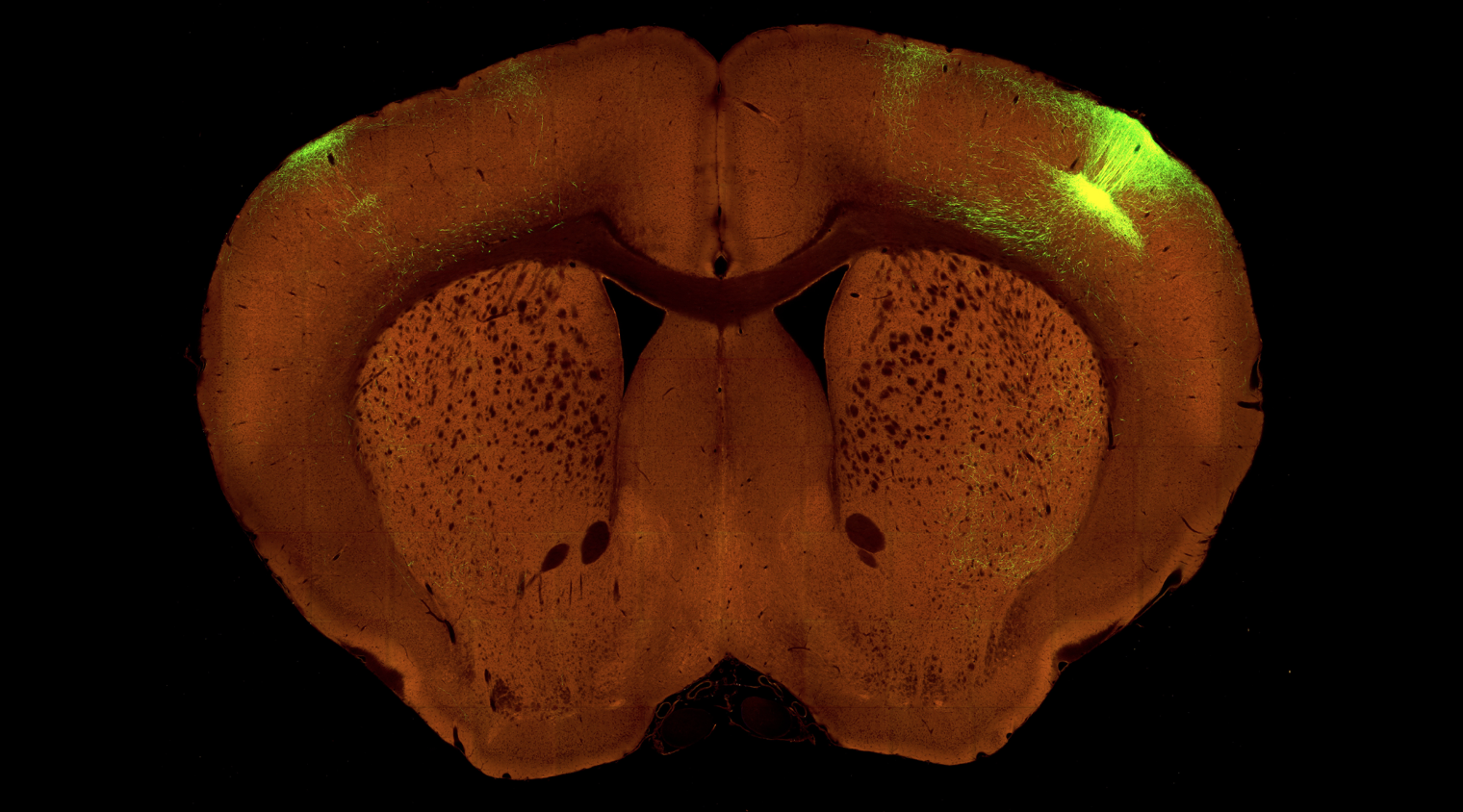
High resolution brain map traces wiring within, between, thalamus and cortex
Allen Institute scientists have created a high-resolution brain map, which traces thousands of connections between brain areas in mice, which they believe can help us understand how brain circuitry changes in diseases and disorders such as Alzheimer’s disease and schizophrenia. This is the most detailed map of connections in a mammalian brain to date, tracing neural…
-

November 14 – Harvard Medical School
Join ApplySci at the 12th Wearable Tech + Digital Health + Neurotech Boston conference on November 14, 2019 at Harvard Medical School featuring talks by Brad Ringeisen, DARPA – Joe Wang, UCSD – Carlos Pena, FDA – George Church, Harvard – Diane Chan, MIT – Giovanni Traverso, Harvard | Brigham & Womens – Anupam Goel, UnitedHealthcare – Nathan Intrator,…
-
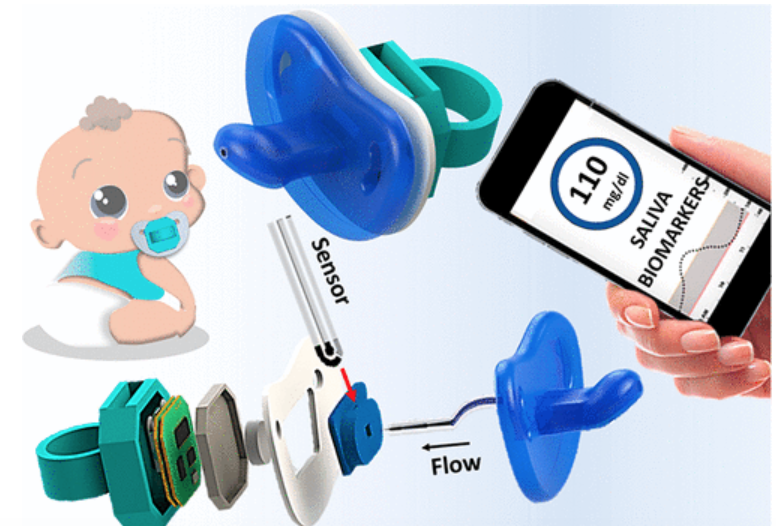
Pacifier sensor detects glucose levels in babies
UCSD’s Joe Wang has developed a soft, flexible, pacifier-based biosensor that continuously monitors glucose levels in saliva to detect diabetes in babies. Until now, continuous glucose monitoring in newborns, available only in major hospitals, requires piercing the infant’s skin to reach interstitial fluid. The team created a proof of concept pacifier where small amounts of saliva…
-
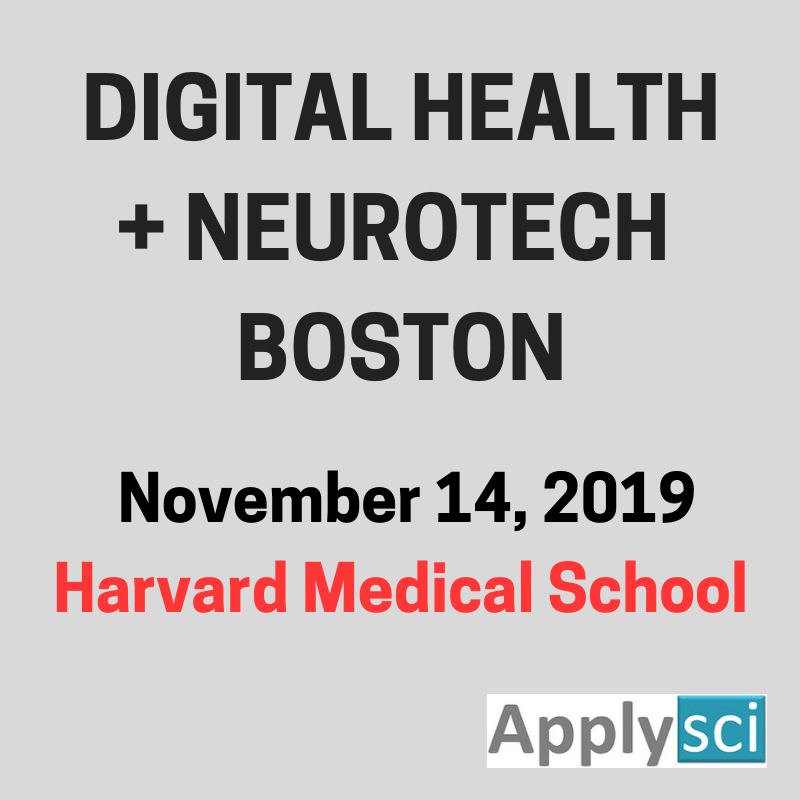
Wearable Tech + Digital Health + Neurotech Boston
Join ApplySci at the 12th Wearable Tech + Digital Health + Neurotech Boston conference on November 14, 2019 at Harvard Medical School featuring talks by Brad Ringeisen, DARPA – Joe Wang, UCSD – Carlos Pena, FDA – George Church, Harvard – Diane Chan, MIT – Giovanni Traverso, Harvard | Brigham & Womens – Anupam Goel, UnitedHealthcare – Nathan Intrator,…
-
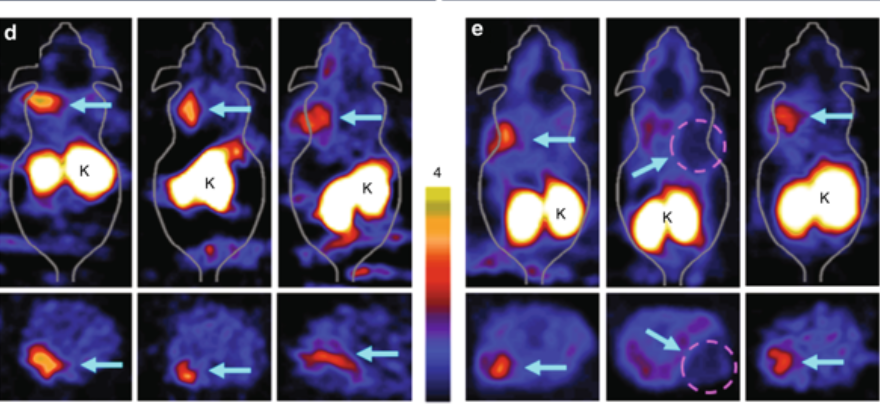
PET scan tracer detects both cancer and lung disease
Stanford’s Sanjiv Gambhir has developed an imaging molecule that can identify pancreatic, cervical and lung cancer early– and, surprisigly, hard-to-detect idiopathic pulmonary fibrosis. The tracer clings to integrin alpha-v beta-6. In a PET scan, the tracer glows due to radioactivity emissions, which allows doctors to see exactly where the tracer is docked in the body. A…
-
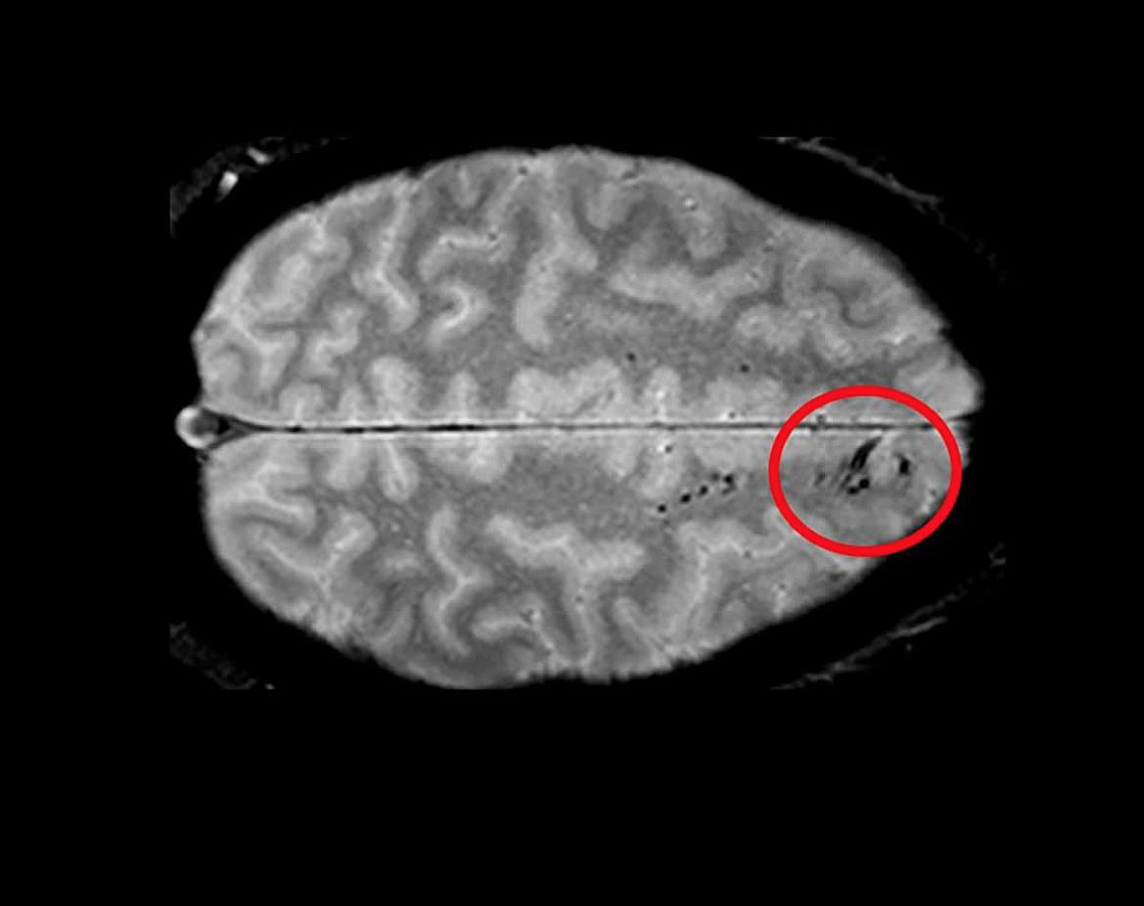
MRI-detected microbleeds may help determine disability after brain injury
NINDS researcher Lawrence Latour has used an advanced imaging method to detect vascular microbleeds after head injury. The lesions, which are too small to be detected by CT, may predict worse outcomes. 439 head injury patients who were treated in the emergency department were studied. MRI scans within 48 hours of injury, and again…
-
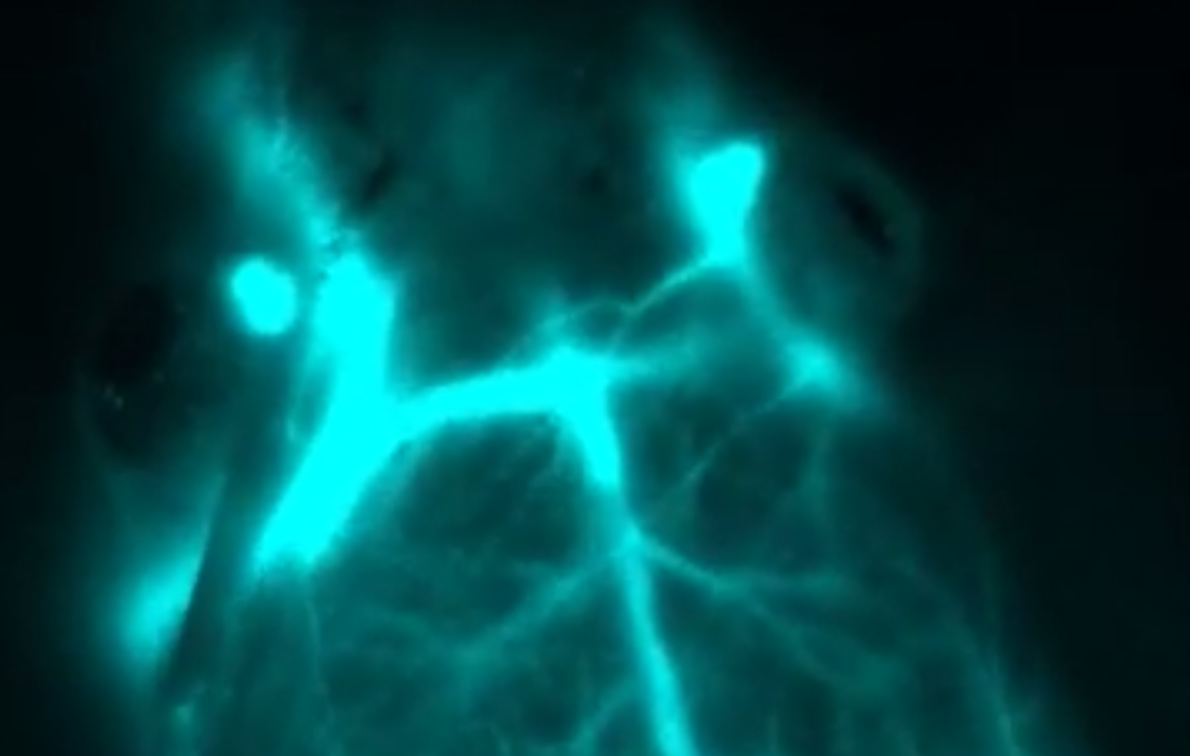
Infrared light detects tumors under the skin
Stanford’s Hongjie Dai has developed a deep-tissue imaging technique that clearly illuminates tumors beneath the skin. It relies on nanoparticles containing erbium, which glows in the infrared. The promising technology has only been tested on mice, so far. In a study, the technique was used to predict cancer patient response to immunotherapy, and to measure drug…
-
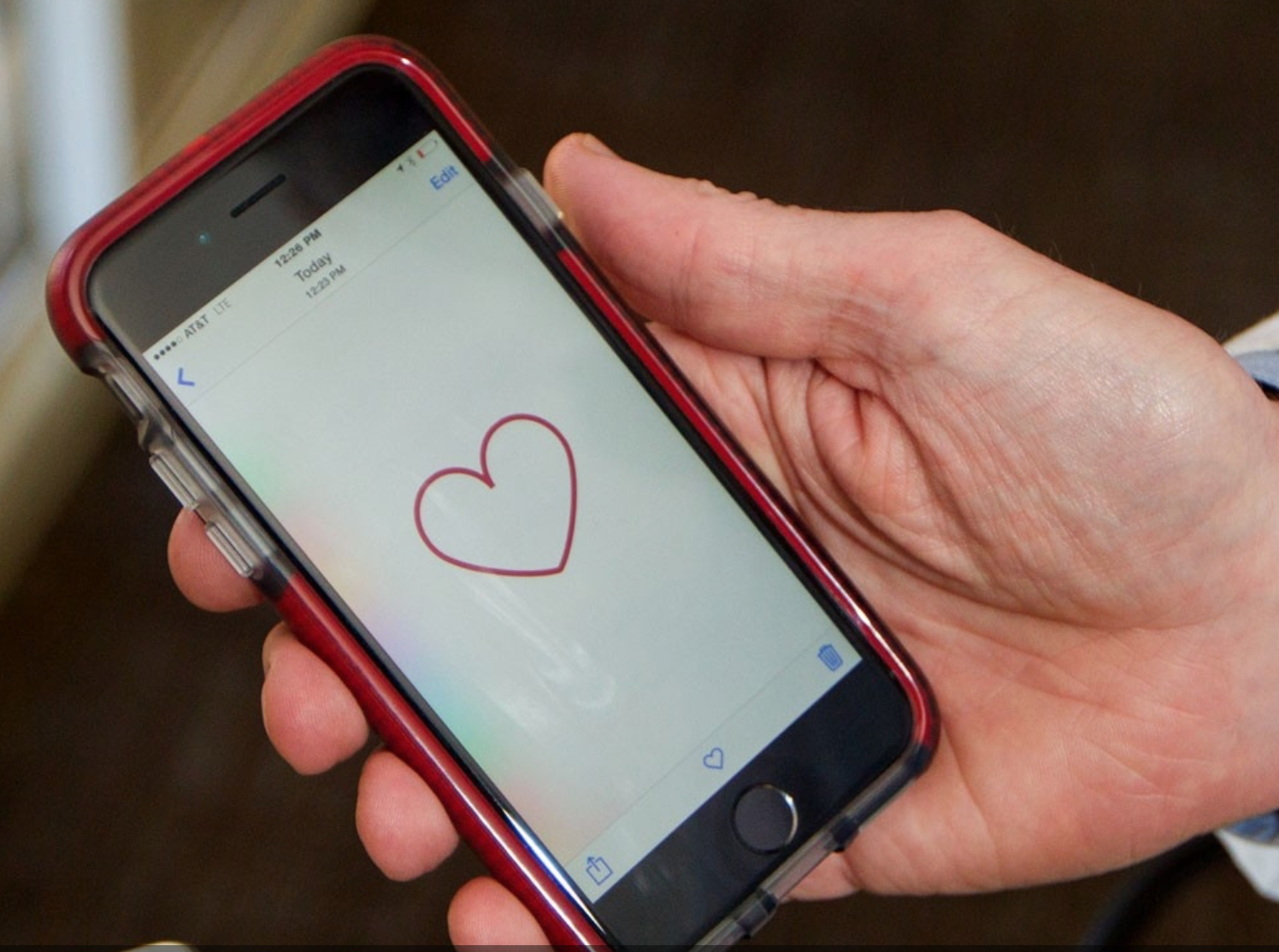
First all-digital clinical trial studies app-driven physical activity interventions
Stanford’s Euan Ashley has conducted an entirely digital clinical trial using the MyHeart Counts app, which is being used for patient recruitment, consent and interventions, and returns data to participants. 1075 participants completed at least one intervention, and 493 completed the entire trial. The higher than normal completion rate was attributed to the ease of enrollment…
-
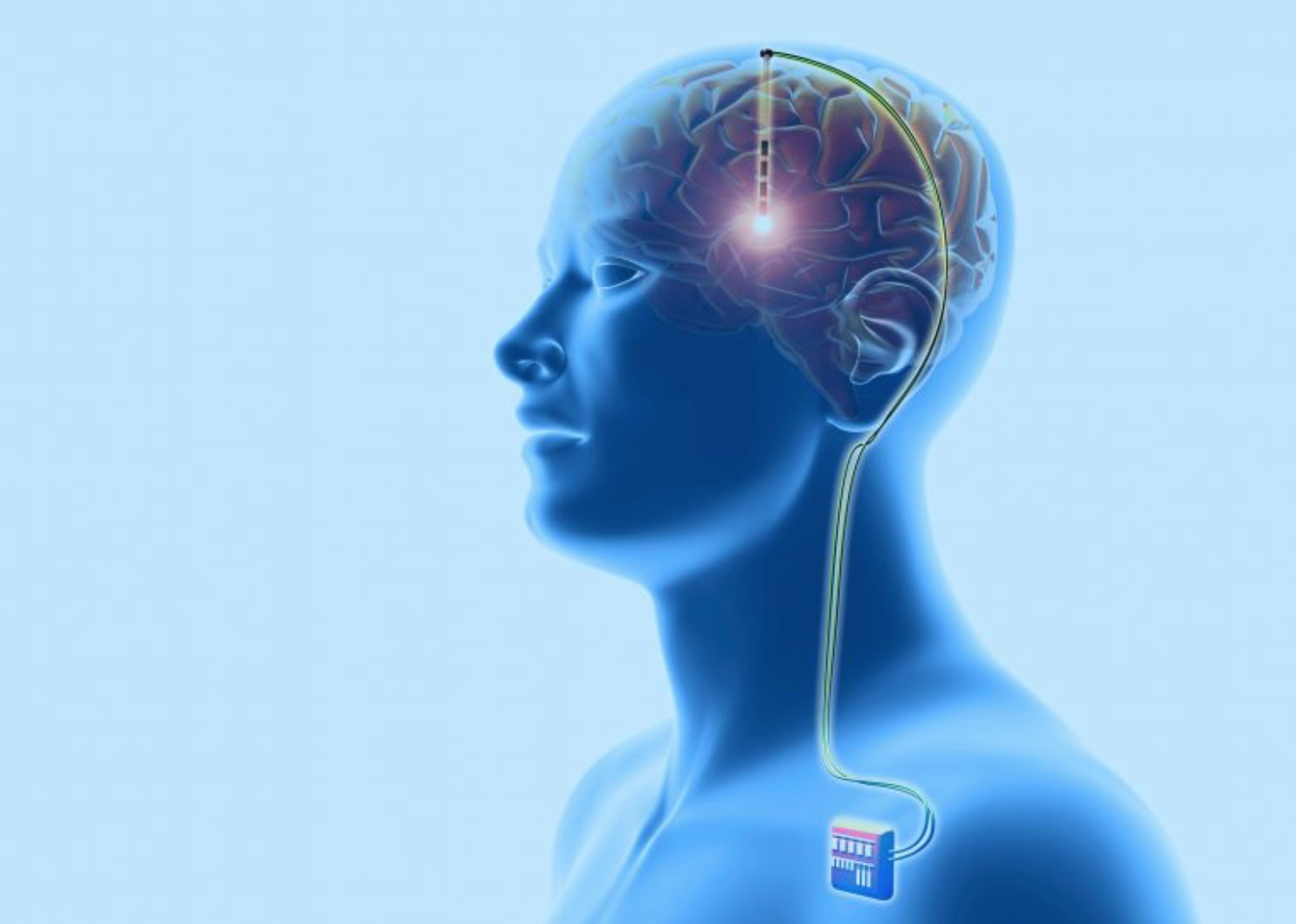
DBS study shows long-term antidepressant effect in treatment-resistant depression
Helen Mayberg at Mount Sinai has published a study showing that deep brain stimulation of the subcallosal cingulate provides a lasting antidepressant effect in treatment-resistant depression. According to Mayberg: “Over eight years of observation, most of our study participants experienced an antidepressant response to the deep brain stimulation of Area 25 that was robust and…
-
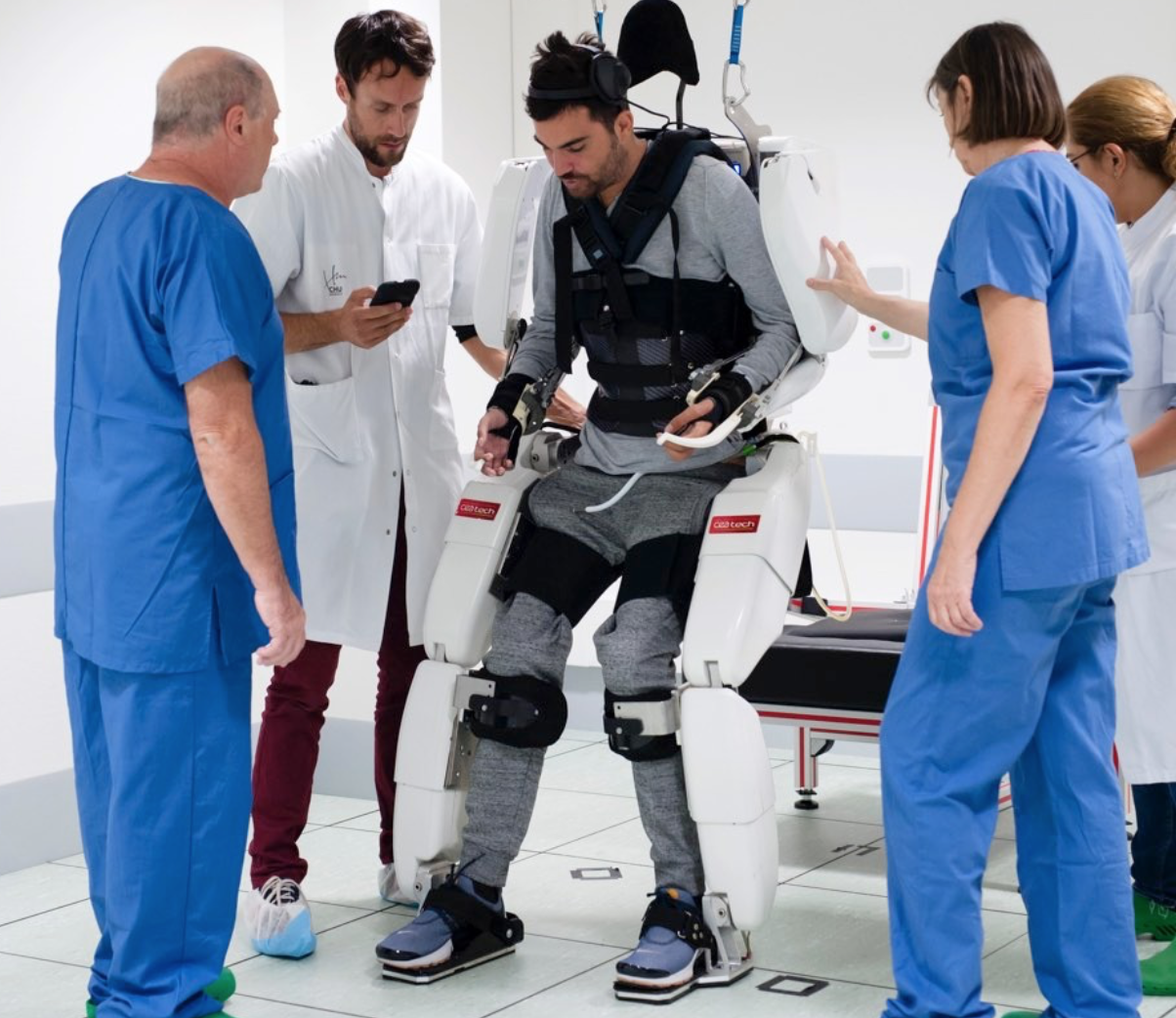
Implanted electrodes + algorithm allow thought-driven 4 limb exoskeleton control
Alim Louis Benabid and Clinatec/University of Grenoble colleagues have developed a brain computer interface controlled exoskeleton that enabled a tetraplegic man to walk and move his arms. Two 64 electrode brain implants drove the system. Benabid explained the benefits, stating that “previous brain-computer studies have used more invasive recording devices implanted beneath the outermost membrane of the…
-
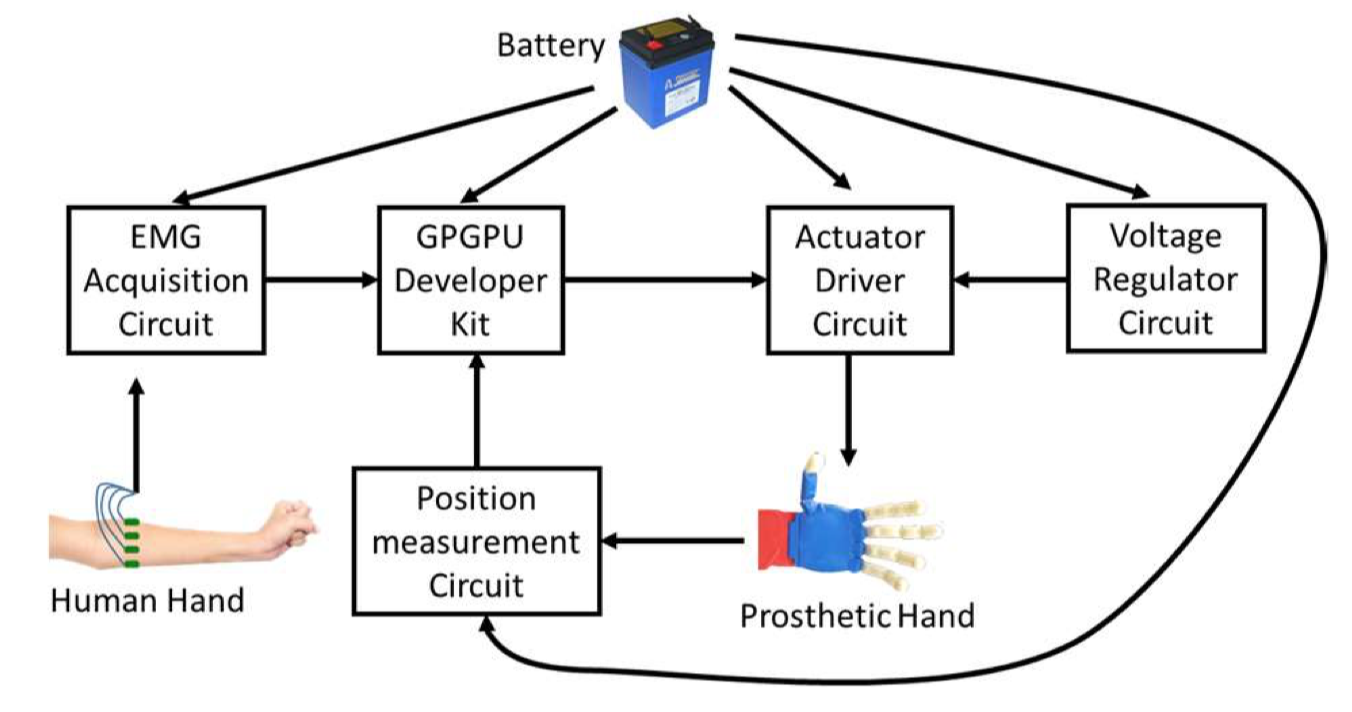
AI/EMG system improves prosthetic hand control
UT Dallas researchers Mohsen Jafarzadeh, Yonas Tadesse, and colleagues are using AI to control prosthetic hands with raw EMG signals. The real-time convolutional neural network, which does not require preprocessing, results in faster and more accurate data classification and faster hand movements. User data re-trains the system to personalize actions. Join ApplySci at the 12th Wearable Tech…
-

Wearable sensor monitors antibiotic levels in real time
Imperial College’s Timothy Rawson has developed a non-invasive microneedle bionsor patch capable of detecting antibiotic levels in the body. The goal is to reduce the need for blood sampling and analysis, optimize dosage, reduce drug-resistant infections and offer personalized drug delivery, both inside and outside of the hospital. A recent study showed that the accuracy of the real-time…
Got any book recommendations?